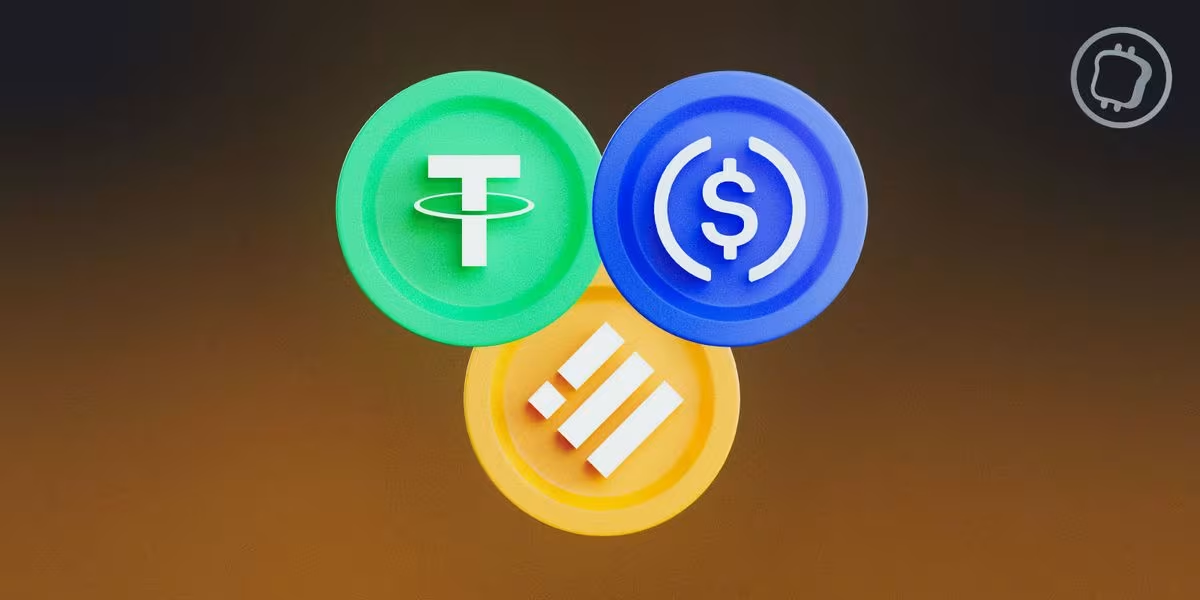The Case for a Naira-Pegged Stablecoin: A New Chapter for Nigeria’s Digital Economy
Nigeria’s journey with digital assets has been a dynamic one, marked by early ambition with the eNaira and a subsequent shift in policy and approach. While the Central Bank Digital Currency (CBDC) has seen limited adoption, the country’s new progressive stance on digital asset regulation, particularly with the Securities and Exchange Commission (SEC) Act of 2025, has paved the way for a new digital currency success story: the naira-pegged stablecoin.

Why Nigeria Needs Its Own Stablecoin
The argument for a Nigerian stablecoin, backed by the naira, is compelling and multifaceted. It’s not just about keeping up with global trends; it’s about addressing specific, long-standing economic challenges.
Economic Sovereignty and Debt Market Deepening: The global stablecoin market, dominated by U.S. dollar-pegged tokens, channels billions of dollars into U.S. debt. A successful naira stablecoin could replicate this model domestically. By backing tokens with Nigerian Treasury bills and bonds, it would create a new and significant pool of demand for government securities. This influx of demand could lower the government’s borrowing costs and contribute to the growth and liquidity of Nigeria’s domestic debt market.
Revolutionizing Remittances: Nigeria is a top recipient of remittances in Africa, with over $20 billion sent home annually. Traditional remittance channels are often slow and burdened by high fees. A naira stablecoin could drastically cut these costs and speed up transfers. By providing a direct, digital bridge between Nigerians in the diaspora and their families at home, it would keep more value within the local economy, bypassing costly third-party intermediaries and foreign currency conversions.
Driving Financial Inclusion and Innovation: With millions of Nigerians unbanked, a stablecoin offers a low-barrier-to-entry financial tool. With just a smartphone, individuals can save, transfer, and transact in a stable digital currency, extending financial services to those outside the traditional banking system. This can also seamlessly integrate with fintech apps, e-commerce platforms, and mobile payment solutions, fostering new innovations in retail payments and micro-investing.
Overcoming Challenges and Risks
The path to a successful naira stablecoin is not without its hurdles. The primary risks include:
Naira Volatility: The Nigerian naira has a history of sharp devaluations, which could trigger “redemption runs” where users rush to cash out their stablecoins, making it difficult to maintain the 1:1 peg.
Liquidity and Reserve Management: The liquidity of Nigerian government securities is lower than that of U.S. Treasuries. This creates potential “exit risks” if a large volume of redemptions were to occur.

Policy and Trust Issues: A history of unpredictable policy changes from the Central Bank of Nigeria could undermine public trust in a new digital asset, potentially pushing users toward more established, dollar-backed stablecoins.
Competition from Foreign Stablecoins: Nigerians may simply prefer to hold dollar-backed stablecoins like USDT or USDC as a hedge against inflation and to protect their savings from the naira’s depreciation. This could leave demand for a naira coin thin.
The Path Forward: cNGN and Beyond
Nigeria has already taken a significant step with the launch of cNGN by the African Stablecoin Consortium. While its current adoption remains small, with a circulating supply of only about 15 million tokens and a market capitalization of roughly $10,000, its symbolic importance is immense. It demonstrates that Nigeria has the technical and regulatory capability to build and issue its own stablecoin.
The next phase for a naira stablecoin success story is to scale. This will require:
Robust Regulation:
Clear and consistent regulatory frameworks from the SEC and CBN will be critical to build trust among users and institutions.
Full Reserve Transparency:
Issuers must provide regular, credible audits of their reserves to prove that every cNGN is fully backed by a naira in a bank or government security.
Utility and Adoption:
The stablecoin needs to be integrated into everyday life—from mobile money applications to e-commerce payments and cross-border remittances—to give users a compelling reason to adopt it.

By navigating these challenges with a clear, transparent, and user-centric approach, Nigeria can achieve its own stablecoin success story, one that injects liquidity into its economy, lowers the cost of finance, and firmly places the nation at the forefront of digital asset innovation in Africa.
Join Our Social Media Channels:
WhatsApp: NaijaEyes
Facebook: NaijaEyes
Twitter: NaijaEyes
Instagram: NaijaEyes
TikTok: NaijaEyes














![Mr Macaroni Drops Blistering Remark: ‘APC Filled with Most Corrupt People’ as He Slams Tinubu’s Controversial Pardon for Criminals=]] Mr Macaroni](https://naijaeyesblog.com/wp-content/uploads/2025/03/Mr-Macaroni-1-1-180x135.avif)

![Chaos Erupts in Abuja Hotel as BBNaija Star Phyna Sparks Fierce Scene Over Alleged N200,000 Dispute [VIDEO] Phyna](https://naijaeyesblog.com/wp-content/uploads/2024/11/A-Picture-of-Phyna-BBNaija-180x135.jpg)























